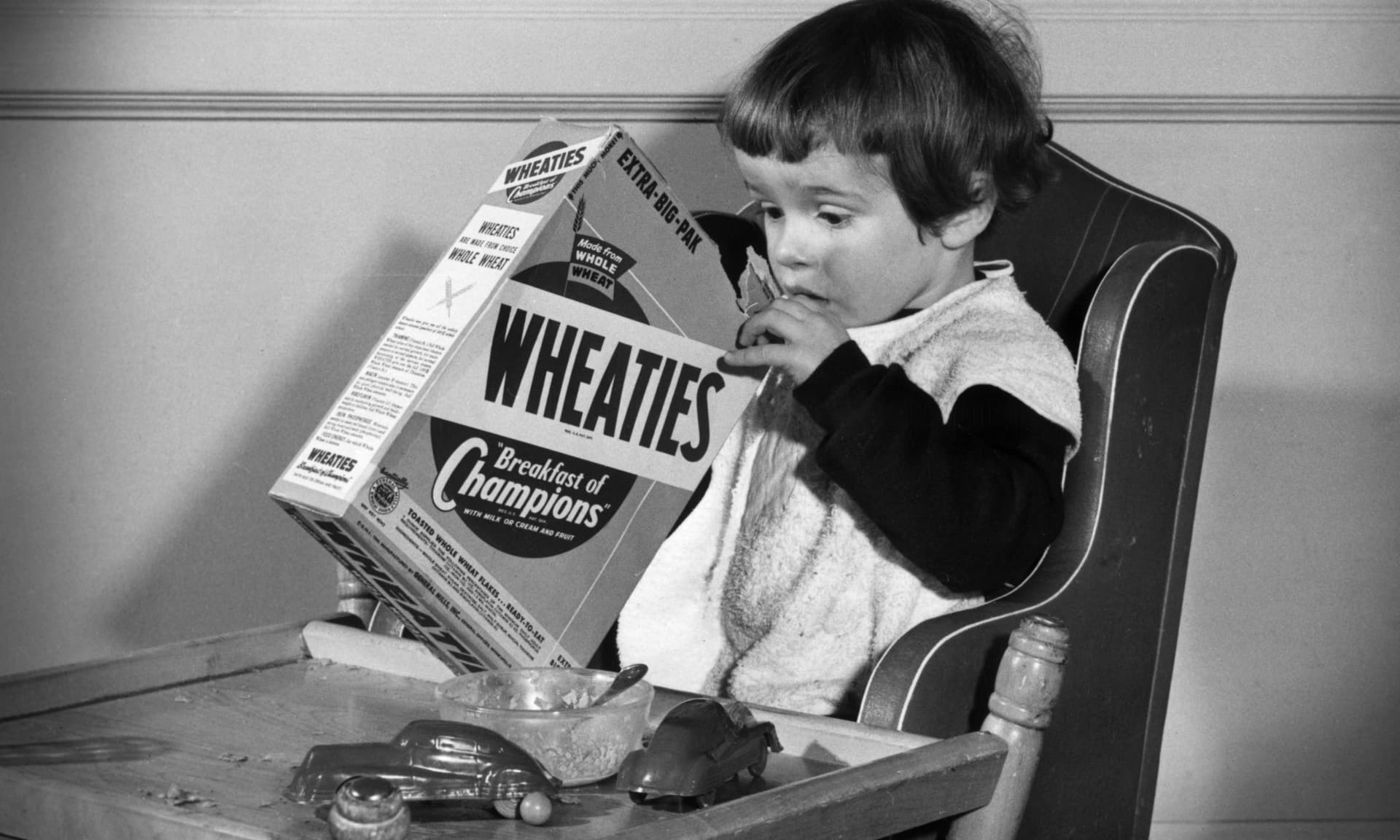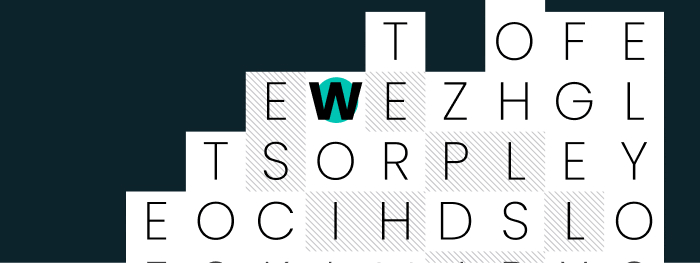What's Happening

Economy
Unwrapping the Fed's Latest Move
What's going on: The Fed cut interest rates for the third time in 2025 by a quarter point — a sign that inflation is cooling and a little financial relief could be on the way. This closes out a tense stretch for the Fed: stubborn inflation, a softer job market, internal dissent — and nonstop pressure from President Donald Trump, who loves making Fed Chair Jerome Powell a regular target (worst bromance ever). Trump has vowed to name Powell’s successor early (perhaps before Christmas). The Fed chair, for his part, said he hopes to hand over “the economy in really good shape” when his term ends in May, with inflation at 2% and a strong labor market.
What it means: If you carry a credit card balance — and almost half of us do — this cut could make your interest rate a little less brutal. It won’t erase your holiday bills, but it might help you pay them down faster. The big picture? Make your money work hard for you, and don’t be afraid to shop around. Put your money into a high-yield savings account or CD — and look for one that clears 3% in APY. Even though mortgage rates have dipped, don’t expect them to budge much. Now’s not the time to go all in on your Zillow dream home. Your car loan won’t change much, either. Use this time to do your research, reset your money goals, and ring in the new year with your budget in check.
Related: Is It Too Late Now To Buy Silver? (Forbes)
The News In 5
🗞️ A judge just told the Trump administration to pack up its National Guard presence in Los Angeles — and the clock’s ticking.
🗞️ Six more states just signed on to ban certain “junk food” purchases with SNAP. And they’re getting a bonus for doing it.
🗞️ The latest battle at the State Department? Font types. No, we’re not kidding.
🗞️ The US may soon make some travelers show their passports and past social posts.
🗞️ Elon Musk just shared how he really feels about DOGE. Could we have something in common with…him?
Money
Your SAVE Plan Could Vanish. Now What?
What's going on: It’s that time of year: A moment to rewatch It’s a Wonderful Life and question why everyone you owe money to is a lot more like Mr. Potter than George Bailey. But this December comes with a fresh bureaucratic plot twist — former President Joe Biden’s student loan repayment plan could soon be dead, thanks to a Trump admin proposed settlement. The deal would impact nearly 7.6 million people enrolled in the Biden-era Saving on a Valuable Education (SAVE) plan who are in forbearance (aka racking up interest on paused or reduced loans). If the plan is approved, anyone enrolled in the now-illegal SAVE program will have a “limited time” to select a new repayment plan. The Education Department says it will reach out in the “coming weeks” with more information. That's a helluva holiday card, if you ask us.
What it means: Now is the time to make a plan. One good option? You can apply online for income-driven repayment plans (IDRs). These cap monthly payments to a specific share of your discretionary income and can eventually lead to debt forgiveness. Beginning in July, you can also sign up for a Repayment Assistance Plan. Student loan calculators like this one will help you figure out what repayment plan is best for you and how much to pay. If you’re not working right now unemployment and economic hardship deferments are two other options to consider. It’s stressful, but it’s doable. Take a deep breath, and channel Clarence if you have to.
Related: Can “Thriftmas” Really Cut Your Christmas Gift Costs in Half? (USA Today)
Career
Mind the (Ambition) Gap
What’s going on: Here are a few fun stats: More women graduate from college than men do. They make up at least half of the professional workforce. And in 2025, there are a record number of female Fortune 500 CEOs. But that hasn’t stopped the ambition gap from growing. New research from McKinsey and Lean In found that only 69% of women in entry-level roles want a promotion — compared to 80% of men — shocking everyone but, well, women. DEI initiatives, which have long supported women’s professional growth, have gone out the window — with many women of color paying the price. Return-to-office mandates have also made it harder for working mothers to balance it all. These factors are part of a larger corporate retreat that’s put advancement on the back burner.
What it means: Why would women want to put in more effort just to get paid less than a man for doing the exact same job? No wonder we’re all burnt out. Still, it’s not about women “wanting less.” As workplace cultures push back the goal posts, there are ways to seek growth. Find a “sponsor” — someone who will advocate for you and say your name in front of the right people. Lean on your network for support — and your next role. When your company puts DEI initiatives on the back burner, believe them. Finally, wait until you’re ready to take on a new challenge. Some women have embraced “snail-girl” jobs — slower-paced roles that offer more flexibility and pay enough to cover rent. The real power is the ability to decide what ambition looks like on your own terms.
Related: How To Get a Promotion After Starting a New Job (WSJ Gift Link)
On Our Calendar
A few things to jot down today…
🗓️ The TIME Person of the Year is announced. Here are the frontrunners.
🗓️ The new season of Tomb Raider: The Legend of Lara Croft is now available on Netflix.
🗓️ It's National Jon Day. We all know at least one… even if we don’t want to.
Psst…For more dates worth knowing this week, check out the Skimm+ calendar.
Gifts You Should Treat Yourself To
Congratulations on making it through the holiday season (we’re almost there). To celebrate, why not treat yourself to something nice?
The chicest glass water filter pitcher we’ve ever seen*
A cozy sherpa jacket that feels like a hug*
A shoulder bag from an up-and-coming brand
(More) gifts of the day: A personalized compact mirror, a set of ceramic bowls, and a fresh pair of UGG slippers
Game Time
Brick Breaker meets word search in Spelltower, your new favorite game. For every word you find, letter tiles disappear. The fewer tiles left when you run out of words, the better your score. Try it.
Live Smarter
Sign up for the Daily Skimm email newsletter. Delivered to your inbox every morning and prepares you for your day in minutes.


